
以下は従来の MVC ルーティングです
config.Routes.MapHttpRoute(
name: "DefaultApi",
routeTemplate: "api/{controller}/{id}",
defaults: new { id = RouteParameter.Optional },
);以下のような効果を持つルーティングを実現したい場合は、従来の規約ルーティングを使用する方が面倒です。
rreee属性ルーティングを使用すると、より簡単になります。
新しい WEB API プロジェクトを作成する場合は、App_Start ディレクトリの WebApiConfig.cs ファイルを開き、次のコードを追加して属性ルーティング構成を有効にします。
order/Miles/三只松鼠干果/2袋 order/2017/1/13
属性ルーティングは、次のように規約ルーティングと混合することもできます:
config.MapHttpAttributeRoutes();
次のように、属性ルーティングを使用するメソッドに機能マークを付けます:
public static void Register(HttpConfiguration config)
{
// Web API 配置和服务
// Web API 路由
config.MapHttpAttributeRoutes();
config.Routes.MapHttpRoute(
name: "DefaultApi",
routeTemplate: "api/{controller}/{id}",
defaults: new { id = RouteParameter.Optional },
constraints: new { id=@"\d+"}
);
}テスト結果 (URL はエンコードされています。それ以外の場合は 400 エラーが発生します) )
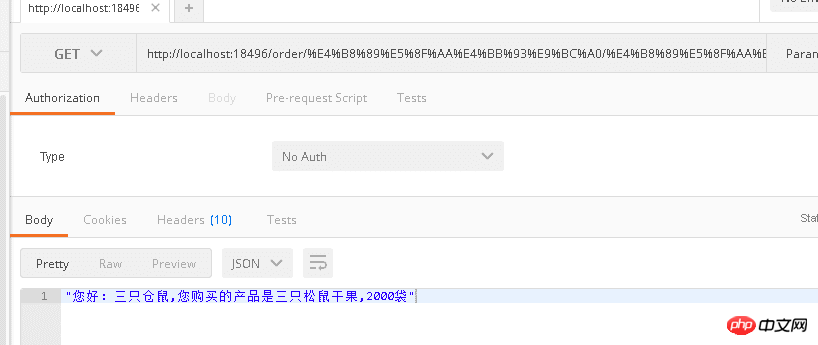
通常、同じコントローラー内のすべてのルートは同じプレフィックスで始まります
[Route("order/{UserNickName}/{ProductName}/{count}")]これは明らかにさらに面倒です。そこで、[RoutePrefix] 属性を使用してパブリック プレフィックスを設定します
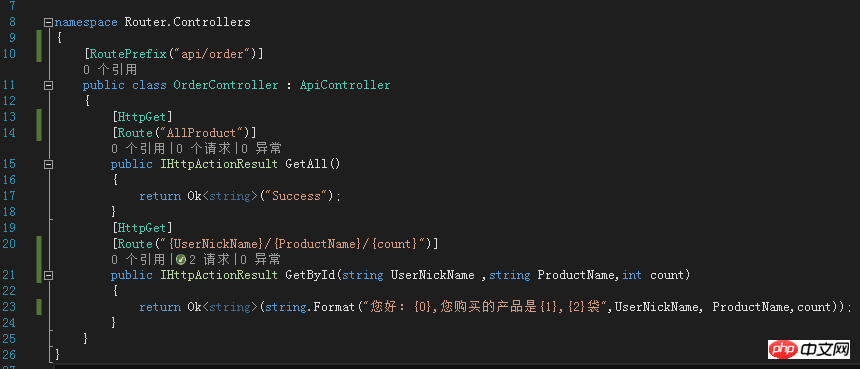
テスト結果

[RoutePrefix] が使用されている場合、一部の特別な API では、次のようにチルダを使用してルート プレフィックスを書き換えることができます。
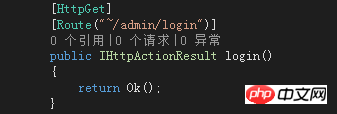
テスト結果(同じクラスの下)以下の通り

テスト結果
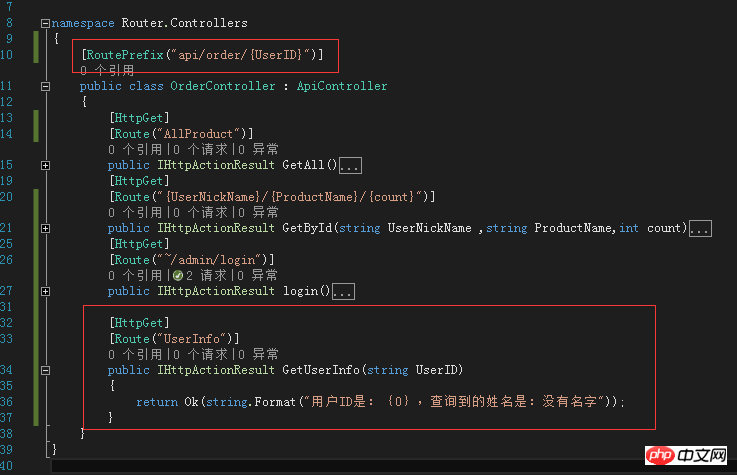
パラメータがInt型でない場合、ルートは一致しません
 以下はサポートされるいくつかの制約です
以下はサポートされるいくつかの制約です
複数使用できますconstraints ですが、コロンを使用して区切ります
[Route("api/books")]
[Route("api/books/{id:int}")]
[Route("api/books")]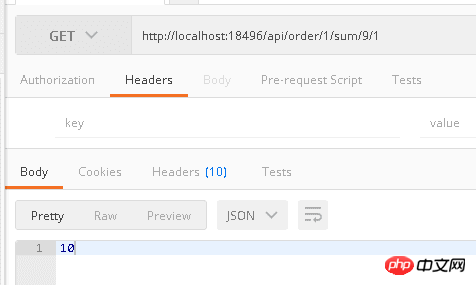
[Route("users/{id:int:length(1,3)}")]
public User GetUserById(int id) { ... }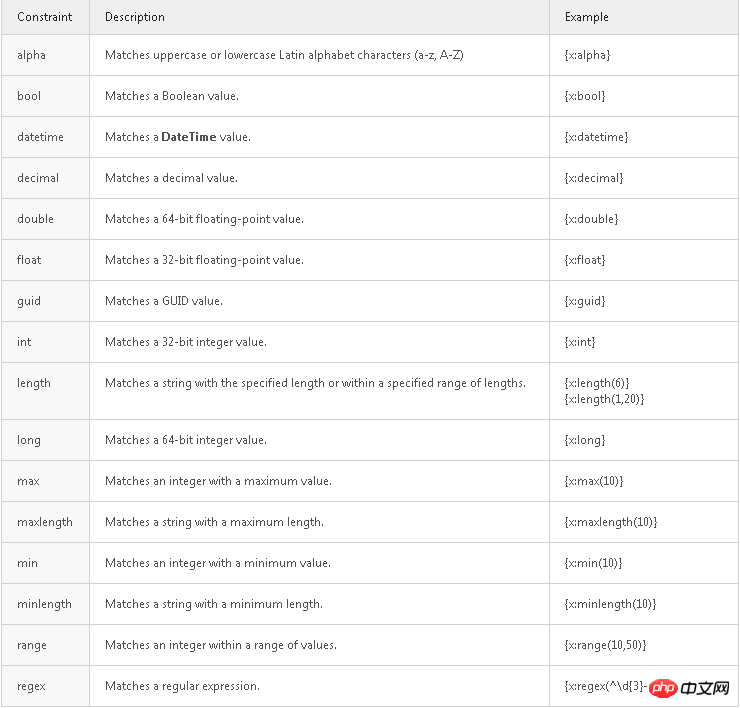 登録制約
登録制約public class NonZeroConstraint : IHttpRouteConstraint
{
public bool Match(HttpRequestMessage request, IHttpRoute route, string parameterName,
IDictionary<string, object> values, HttpRouteDirection routeDirection)
{
object value;
if (values.TryGetValue(parameterName, out value) && value != null)
{
long longValue;
if (value is long)
{
longValue = (long)value;
return longValue != 0;
}
string valueString = Convert.ToString(value, CultureInfo.InvariantCulture);
if (Int64.TryParse(valueString, NumberStyles.Integer,
CultureInfo.InvariantCulture, out longValue))
{
return longValue != 0;
}
}
return false;
}
}制約の使用
public static class WebApiConfig
{
public static void Register(HttpConfiguration config)
{
var constraintResolver = new DefaultInlineConstraintResolver();
constraintResolver.ConstraintMap.Add("nonzero", typeof(NonZeroConstraint));
config.MapHttpAttributeRoutes(constraintResolver);
}
}オプションの URI パラメーターとデフォルト値
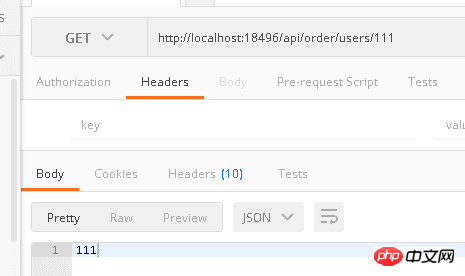 ルート パラメーターにマークを付ける疑問符を追加すると、ルート パラメーターをオプションの URI パラメーターにすることができます。ルート パラメータがオプションの場合は、メソッド パラメータのデフォルト値を定義する必要があります。
ルート パラメーターにマークを付ける疑問符を追加すると、ルート パラメーターをオプションの URI パラメーターにすることができます。ルート パラメータがオプションの場合は、メソッド パラメータのデフォルト値を定義する必要があります。
[Route("{id:nonzero}")]
public HttpResponseMessage GetNonZero(int id) { ... }またはルーティングテンプレートでデフォルト値を定義します
public class BooksController : ApiController
{
[Route("api/books/locale/{lcid:int?}")]
public IEnumerable<Book> GetBooksByLocale(int lcid = 1033) { ... }
}以上がWEB APIのASP.NET属性ルーティング例の詳細説明の詳細内容です。詳細については、PHP 中国語 Web サイトの他の関連記事を参照してください。